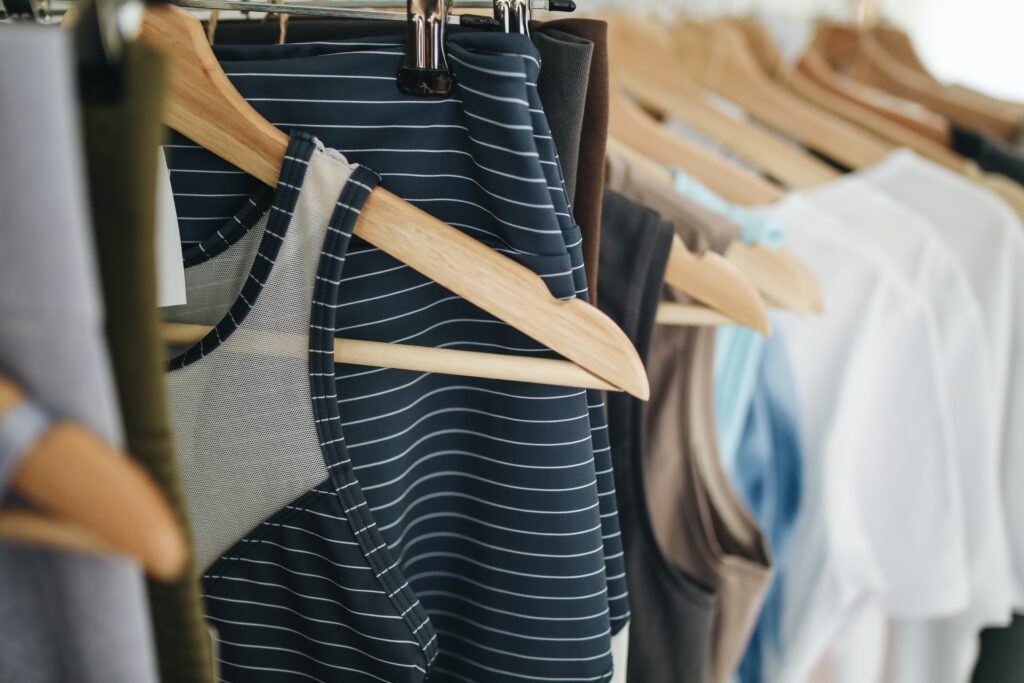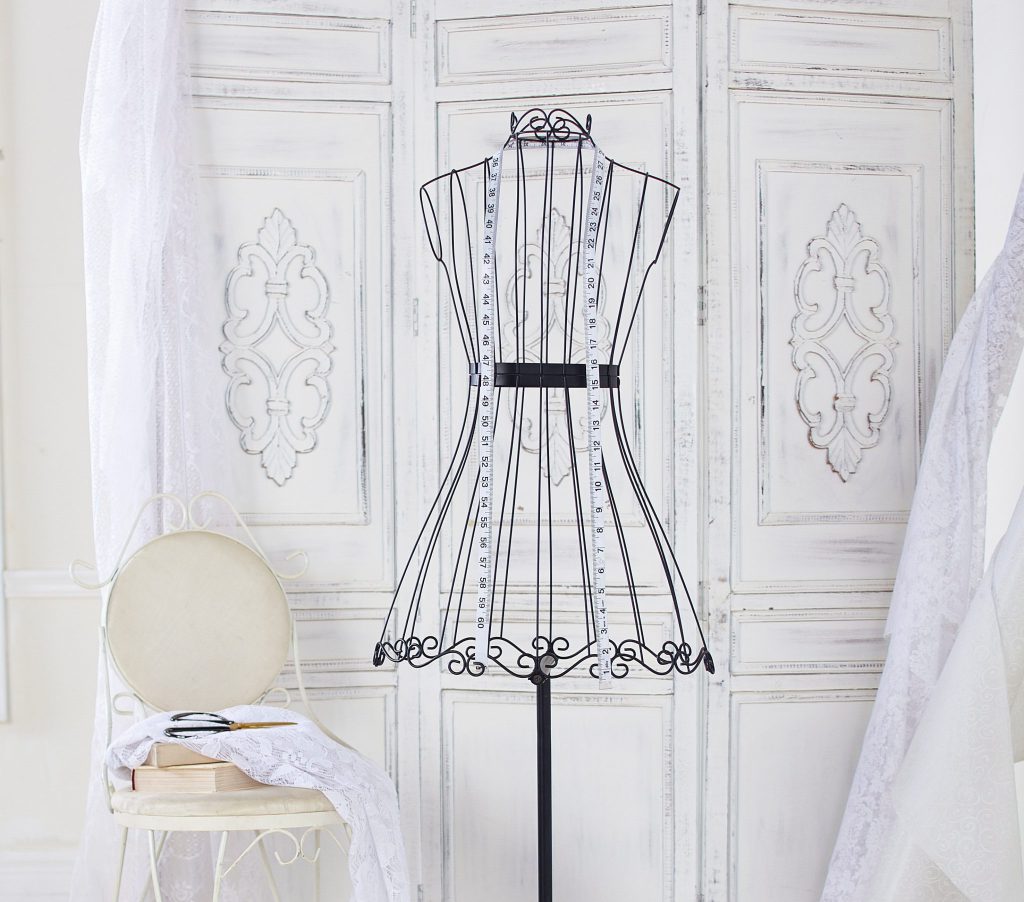
Peter Higgs: The Man Who Inspired Cascale’s Higg Index
Peter Higgs: The Man Who Inspired Cascale's Higg Index
In the world of physics, few names carry as much weight as Peter Higgs.
Read more about the inspirations behind the Higg Index.







